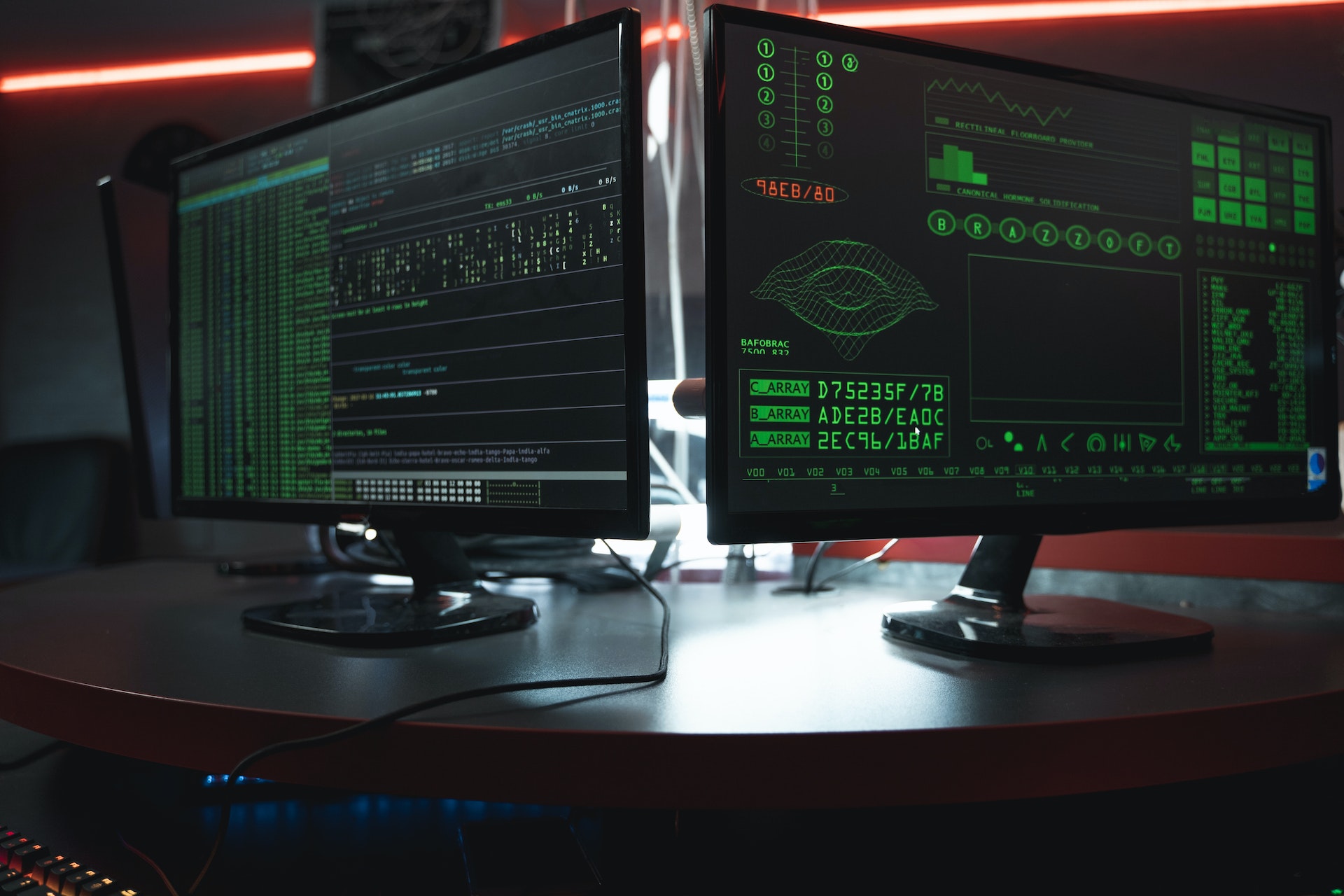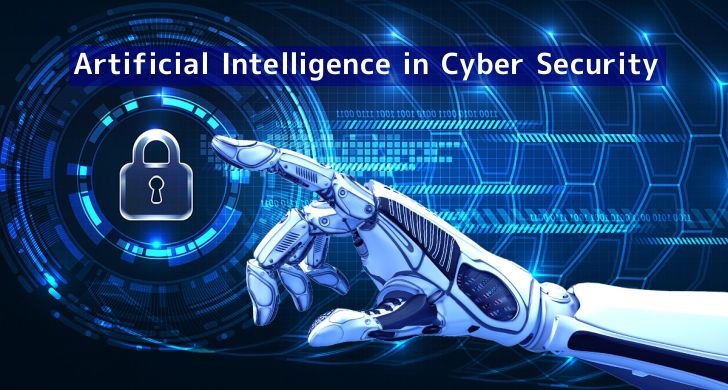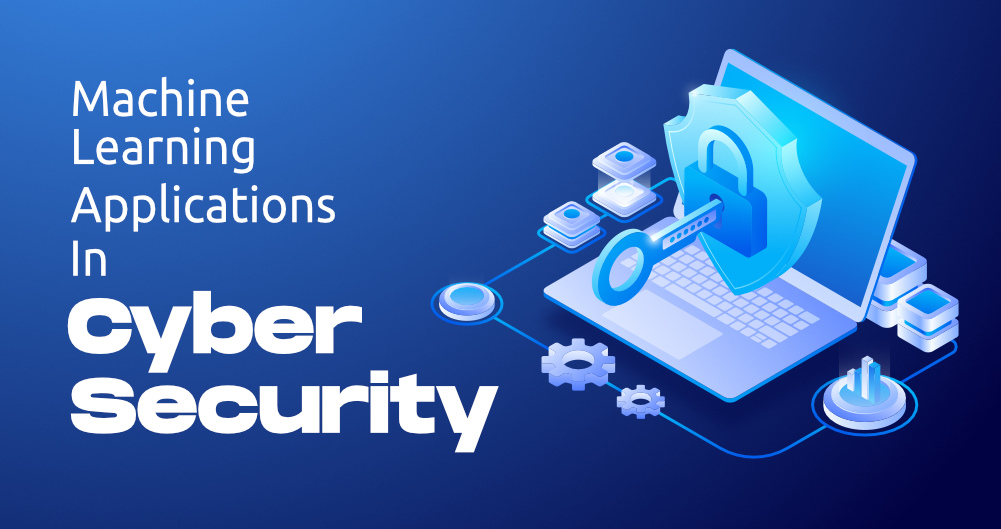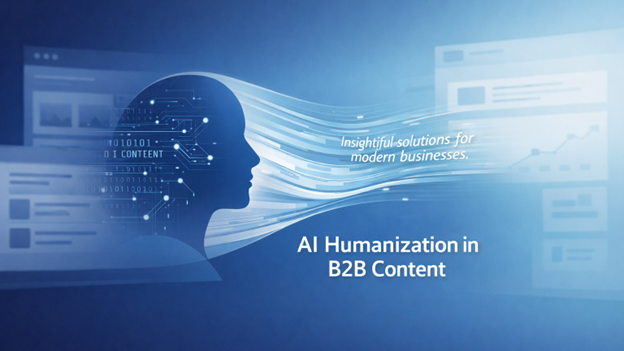The Future Of Cybersecurity: AI, Machine Learning, And SaaS
The digital era has ushered in an unprecedented convergence of technologies, with Cybersecurity, Artificial Intelligence (AI), and Machine Learning standing at the forefront of innovation, especially within the Software as a Service (SaaS) landscape. As the world becomes increasingly connected, the importance of safeguarding digital assets has never been more crucial.
Traditional security measures are constantly challenged by evolving threats, prompting the need for more intelligent and adaptive solutions. Enter AI and Machine Learning, the dynamic duo redefining the future of cybersecurity in SaaS. This article will explore how these cutting-edge technologies are not only revolutionizing the way SaaS providers approach security but also painting a vivid picture of what the future holds in this ever-changing domain.
The Current State Of Cybersecurity In SaaS
In the rapidly evolving world of SaaS, cybersecurity has become a paramount concern. The very nature of cloud-based services, with their accessibility and scalability, presents unique challenges for security professionals. Traditional measures, such as firewalls and antivirus software, are finding themselves overwhelmed by the complexity of modern threats.
As SaaS platforms have grown in popularity, so too has the sophistication of cyber-attacks targeting them. Hackers are leveraging advanced techniques to exploit vulnerabilities, often outpacing conventional security protocols. This arms race between security experts and malicious entities has led to a critical juncture where traditional methods alone are no longer sufficient. Implementing key SaaS Security Tips is essential in addressing these evolving threats and ensuring robust protection against cyber-attacks.
"The state of cybersecurity in SaaS reflects a continuous evolution towards more robust protection. SaaS providers are leveraging cutting-edge technologies like AI and Machine Learning to combat an array of Internet security threats. The focus is on proactive defense, real-time response, and ensuring the privacy and integrity of user data." - Hari Ravichandran, CEO of Aura
The answer to this escalating problem lies, in part, with the inception of Artificial Intelligence (AI) and Machine Learning in security measures. These technologies provide the ability to adapt and respond to threats in real-time, creating a more dynamic and resilient security landscape. The integration of these advanced tools along with solutions like CAASM has begun to shift the paradigm of cybersecurity in SaaS , laying the groundwork for a future where security is not just reactive but predictive and proactive.
The current state of cybersecurity in SaaS is a complex and challenging field, but it's also one ripe for innovation. With the incorporation of AI and Machine Learning, the possibilities for enhanced protection and efficiency are virtually limitless, setting the stage for the subsequent sections where we will delve deeper into these transformative technologies.
The Role Of AI In Cybersecurity
The role of Artificial Intelligence (AI) in cybersecurity represents a significant advancement, particularly in the SaaS sector. AI's ability to learn, adapt, and make intelligent decisions has propelled it to become a vital tool in combating cyber threats.
- Transforming Cybersecurity Solutions:AI enables security systems to analyze vast amounts of data, detect patterns, and predict potential threats. Unlike traditional security measures that rely on predefined rules, AI can continuously evolve, allowing it to identify and counteract new and unknown threats.
- Examples of AI-driven Security Solutions:Many SaaS providers are already harnessing AI to enhance their security protocols. From threat intelligence platforms that gather real-time data to automated response systems that act swiftly against detected intrusions, AI is proving to be a formidable ally.
- Benefits of Automation and Predictive Analytics:One of the standout features of AI in cybersecurity is its ability to automate complex tasks. This not only increases efficiency but also enhances accuracy. Predictive analytics further empowers organizations by providing insights into potential future risks, allowing for more strategic decision-making. The adoption of AI within cybersecurity is more than just a technological trend; it's a fundamental shift in the way SaaS providers approach protection. By leveraging AI's capabilities, they can create more robust and resilient security frameworks that not only react to threats but anticipate and prevent them.
Machine Learning's Impact On Security
Machine Learning, a subset of AI, has begun to play a pivotal role in shaping the future of cybersecurity within the SaaS industry. Its unique capabilities offer new and innovative ways to detect, analyze, and counteract cyber threats. Let's explore how:
- Introduction to Machine Learning in Cybersecurity:Machine Learning algorithms learn from data, finding hidden patterns and making predictions. In the context of cybersecurity, this means identifying unusual behaviors that might signify an attack, even when those attacks are novel or subtly disguised.
- Detecting and Preventing Threats:By continuously analyzing data and adapting to new information, Machine Learning can detect threats more accurately and quickly than traditional methods. It can recognize emerging patterns of cyber-attacks, allowing for proactive measures to mitigate or even prevent damage.
- Examples of SaaS Companies Utilizing Machine Learning:Several leading SaaS providers are embracing Machine Learning to enhance their security postures. From utilizing predictive models to identify potential risks to deploying real-time monitoring systems that adjust defenses dynamically, the applications are wide-ranging and potent.
- Collaborative Effort with AI:Machine Learning's effectiveness in cybersecurity is often amplified when working in tandem with broader AI systems. Together, they create an intelligent defense network, constantly learning, adapting, and responding to the ever-changing landscape of cyber threats.
The Integration Of AI, Machine Learning, & SaaS
The integration of AI, Machine Learning, and SaaS marks a defining moment in the world of cybersecurity. The synthesis of these technologies has set in motion a new era of protection, responsiveness, and innovation. Here's how:
- Synergy Between AI, Machine Learning, and SaaS:The convergence of these three domains allows for a more streamlined and robust security framework. AI offers intelligence and adaptability, Machine Learning provides predictive capabilities, and SaaS lends scalability and flexibility. Together, they form a comprehensive security solution tailored to modern challenges.
- SaaS Companies Leveraging Technology:Leading SaaS providers are increasingly integrating AI and Machine Learning into their platforms. By doing so, they offer advanced security features that adapt to the unique requirements of their clients, ensuring both protection and compliance.
- Potential Future Developments:The ongoing collaboration between AI, Machine Learning, and SaaS points toward a future filled with possibilities. From self-healing systems that automatically patch vulnerabilities to intelligent networks that preemptively counter threats, the potential for innovation is vast.
- Case Studies of Success:Real-world examples of successful integration can be highlighted to showcase how businesses have enhanced their security postures. These success stories can illustrate the tangible benefits and potential returns on investment.
Potential Risks & Ethical Considerations
The integration of AI, Machine Learning, and SaaS in cybersecurity presents both exciting opportunities and critical challenges. Here are the potential risks and ethical considerations:
Algorithmic Biases
- Potential for biases in data to affect threat assessments.
- Risk of unintentional discrimination in security measures.
Ethical Considerations
- Need for transparency in handling user data.
- Importance of clear communication about security measures.
Potential Security Vulnerabilities
- Risk of adversaries manipulating algorithms.
- Necessity for additional security layers and vigilance.
Implications For Privacy And Data Integrity
- Balance between security needs and protection of sensitive information.
- Challenges related to privacy and data integrity.
Regulatory Compliance
- Requirement to adhere to local and international laws and standards.
- Complex regulatory landscape affecting implementation.
The Human Factor
- Importance of maintaining human judgment and oversight.
- Ensuring ethical and contextual considerations are not overlooked.
By taking a thoughtful and responsible approach to these potential risks and ethical considerations, SaaS providers can forge a path that embraces technological innovation without sacrificing ethical integrity or legal compliance.
Conclusion
The integration of Artificial Intelligence, Machine Learning, and Software as a Service (SaaS) is revolutionizing the field of cybersecurity. This powerful convergence promises to redefine how SaaS providers protect, respond, and innovate in the face of ever-evolving cyber threats. From the current state of cybersecurity in SaaS to the transformative role of AI and Machine Learning, the landscape is shifting towards a more dynamic, predictive, and resilient approach.
By embracing these advanced technologies, SaaS providers can develop security solutions that are not only effective but also agile and adaptable. However, the journey towards this exciting frontier is not without its challenges. Potential risks, ethical considerations, and regulatory compliance are integral parts of the equation that must be thoughtfully addressed.
Balancing technological innovation with social responsibility and legal obligations is crucial for building trust and achieving sustainable success. The future of cybersecurity in the SaaS domain is indeed bright and filled with possibilities. It demands a commitment to continuous learning, adaptation, and ethical integrity. Identifying security first is the key to safeguarding your AI and Machine Learning in an increasingly interconnected world.
By forging a path that embraces both the technological advancements and broader societal implications, SaaS providers are well-positioned to navigate the complex digital landscape of tomorrow. This exploration into the future of cybersecurity – through AI, Machine Learning, and SaaS – serves as both an inspiring vision of what's possible and a practical guide to what's needed. It's a road map for SaaS providers aiming to pioneer new horizons, conquer challenges, and elevate the standards of cybersecurity in the digital age.








